At Building Bridges Foundation, we make it simple to begin with equine-assisted therapy. Here’s how our process works:
Call Us
Reach out to our team to express your interest in equine therapy. We’ll answer any initial questions and guide you through the next steps.
Speak with a Care Liaison
You’ll connect with a dedicated care liaison who will listen to your needs, discuss your goals, and explain how our therapy programs can help.
Meet Your Team
We’ll pair you with a licensed therapist and an equine specialist who will work together to create a personalized therapy plan.
Schedule Your Sessions
Once your team is in place, we’ll coordinate a time for your sessions at our peaceful farm, where healing and connection begin.
We’re here to support you every step of the way. Contact us today to take the first step toward healing.
Contact UsAt Building Bridges Foundation, equine-assisted therapy is about connection—both with ourselves and with the horses. Relationships are powerful, shaping our experiences and emotional well-being. Horses, as prey animals, have highly sensitive nervous systems that allow them to sense our emotions, helping us become more aware of our own feelings.
Through grounding techniques and presence, we learn to move from a disconnected state into a calm, regulated one. Horses respond to our nervous system, offering a sense of peace and connection without words. Each horse has a unique personality and plays a role in helping individuals process emotions, build self-awareness, and develop healthy relationships.
Simple interactions can bring up deep emotions. If a horse walks away, we may feel abandoned—but when we reframe it, understanding the horse may simply need water or food, we learn to shift our perspective. These moments help us recognize and manage our emotions in healthier ways.
At Building Bridges, the relationship with the horse is always mutual. Just as we learn to regulate our emotions, horses also adjust their responses, reinforcing trust and communication. These lessons extend beyond the farm, helping individuals strengthen personal relationships and navigate life’s challenges with greater self-awareness and resilience.
Equine therapy provides a safe space to explore unmet emotional needs, develop healthier connections, and find healing through presence, patience, and partnership with these incredible animals.
Meet the Horses
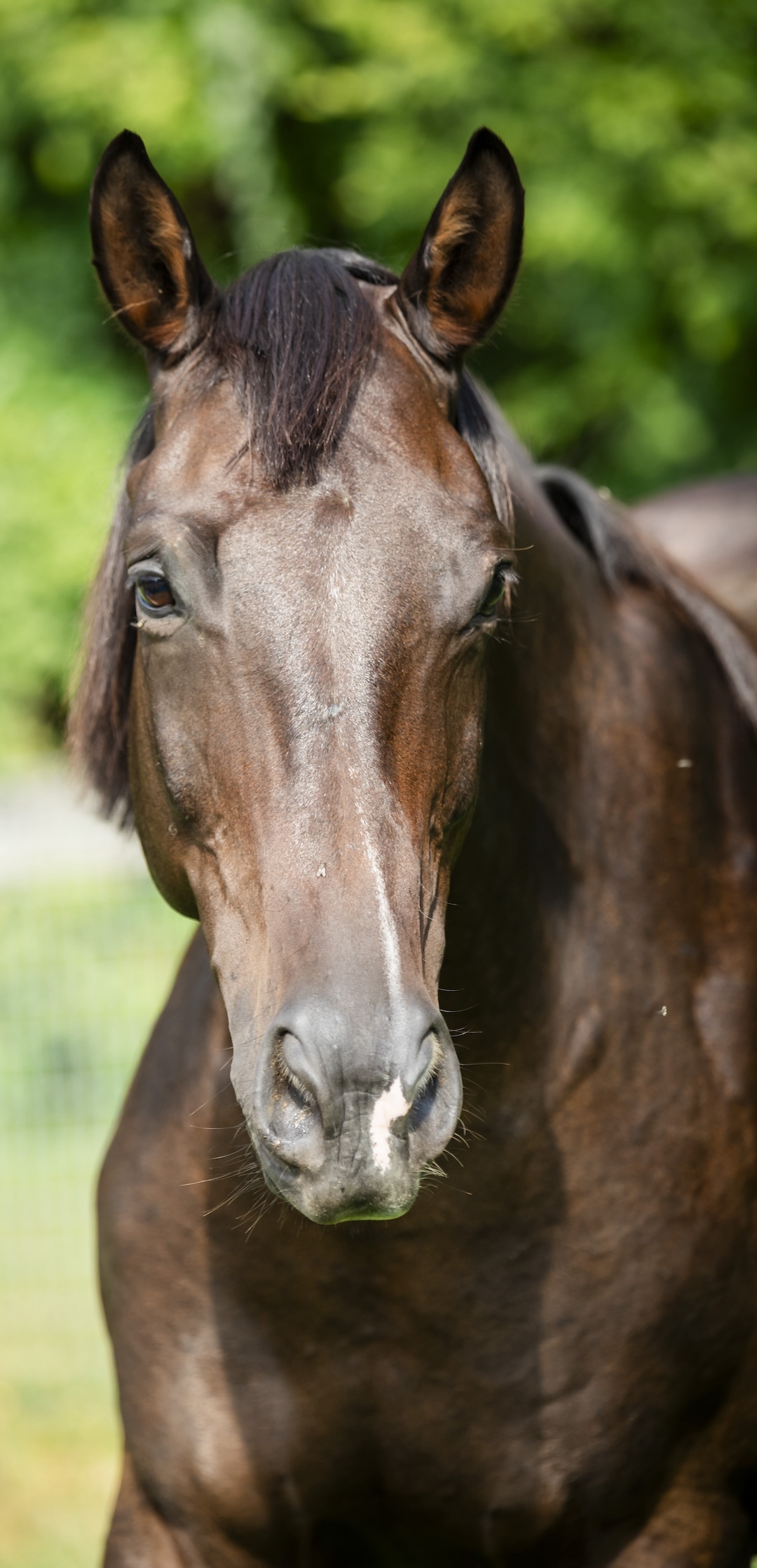
Mr. Friendly (racing name: Mr. Friendly) is a gentle giant who loves all the attention he can get. He especially likes his head rubbed but will take scratches all over. He is very tactile with his mouth and is very interested in different textures of clothes, ropes, and even enjoys playing with coat zippers. His sweet personality — generally wanting to be close — makes him a wonderful horse for companionship.
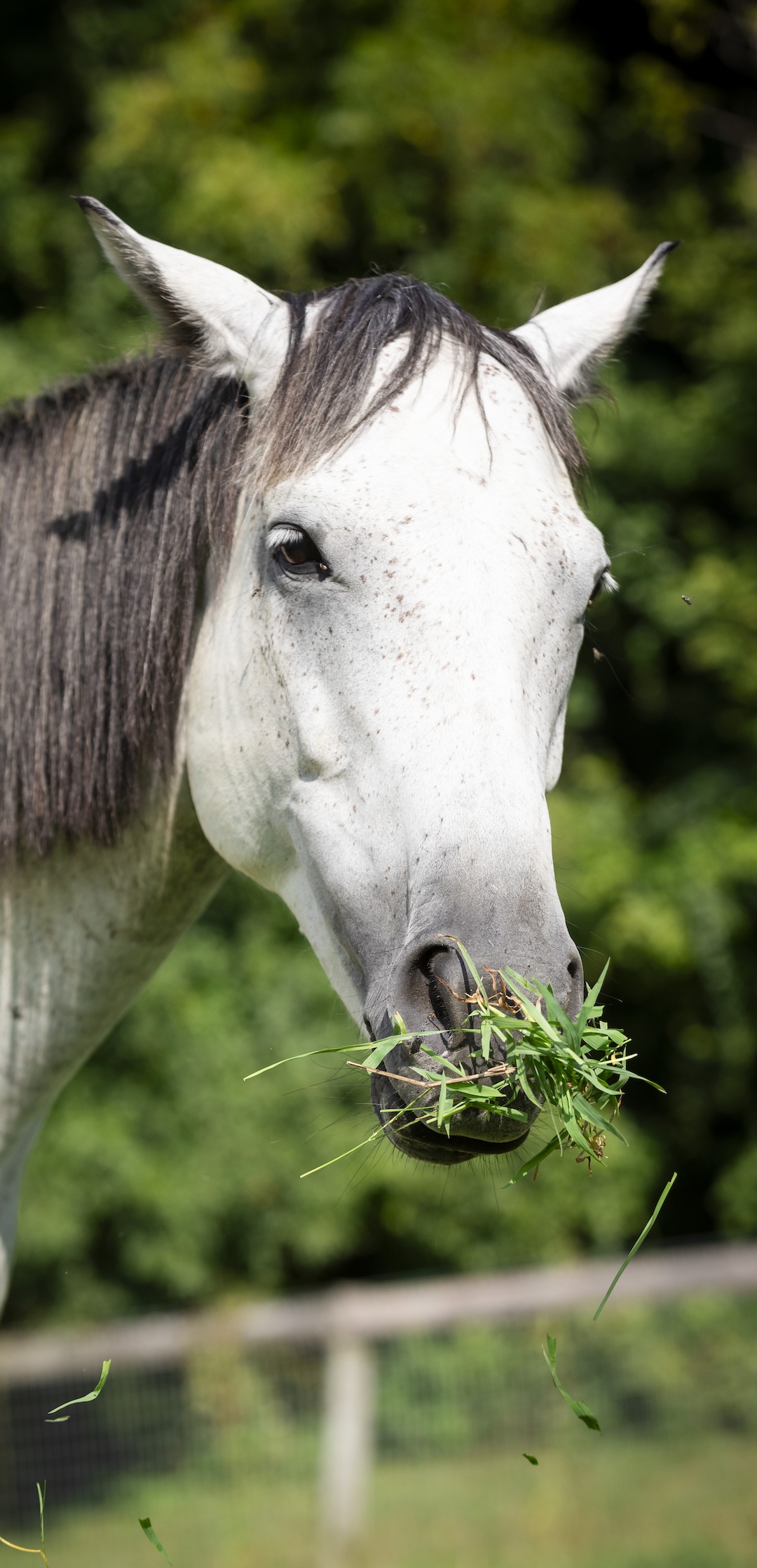
Lovely (racing name: Awfully Lovabull) is a beautiful mare with her white and brown spotted coat pattern. It seems that she watches the other horses for permission to approach people, as if she’s timid until another horse takes the brave step to connect with a person. Lovely enjoys neck scratches and has deep brown eyes. She is also very expressive with the muscles in her face to show you how she’s feeling in the moment.
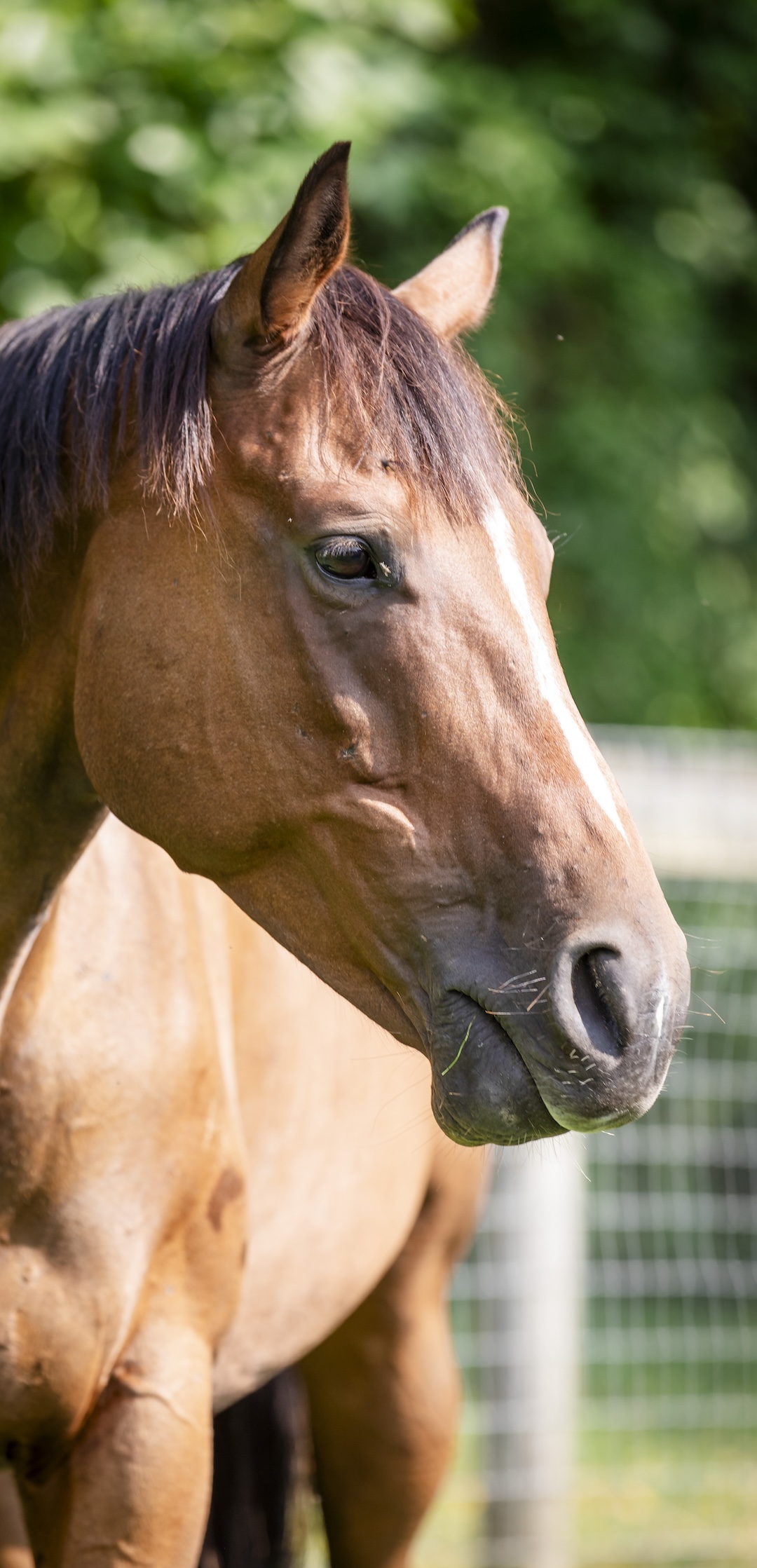
Whiskers (racing name: Bulliger) is a calm and loving boy, very easy to communicate with understanding: if his face muscles tense and ears go back he needs a little space or does not like where he is being touched (this really is true for all the horses). He is easy to connect with and generally likes to have neck scratches. Whiskers is the lowest in the hierarchy of the herd and it shows in the dynamic of eating the most. He gets pushed around at times but is still calm, collected and enjoys one-on-one attention time.
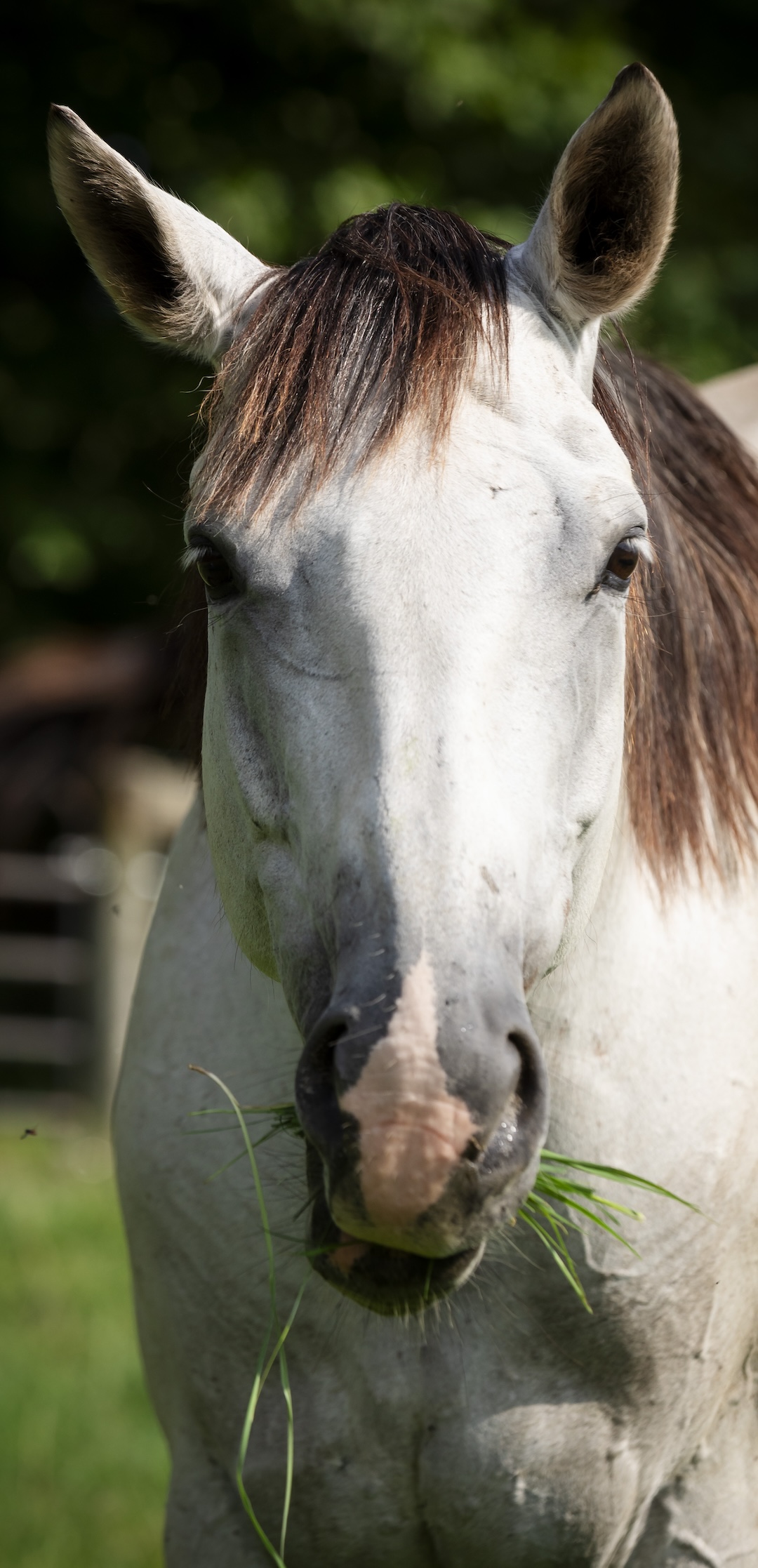
Diamond (racing name: Diamond) has a sister (Lovely), which is wonderful for her, and yet so interesting to get picked on at times from her older sister. Diamond is the sweetest girl. She is so great at comforting people by simply standing next to them and helping them to regulate. She lends her nervous system to others so freely. Diamond demands attention with her loving and gentle demeanor. When she wants more attention she will lift her leg in the air as a sign of “please stay connected with me!” She is a beautiful white horse and so very precious to be around.
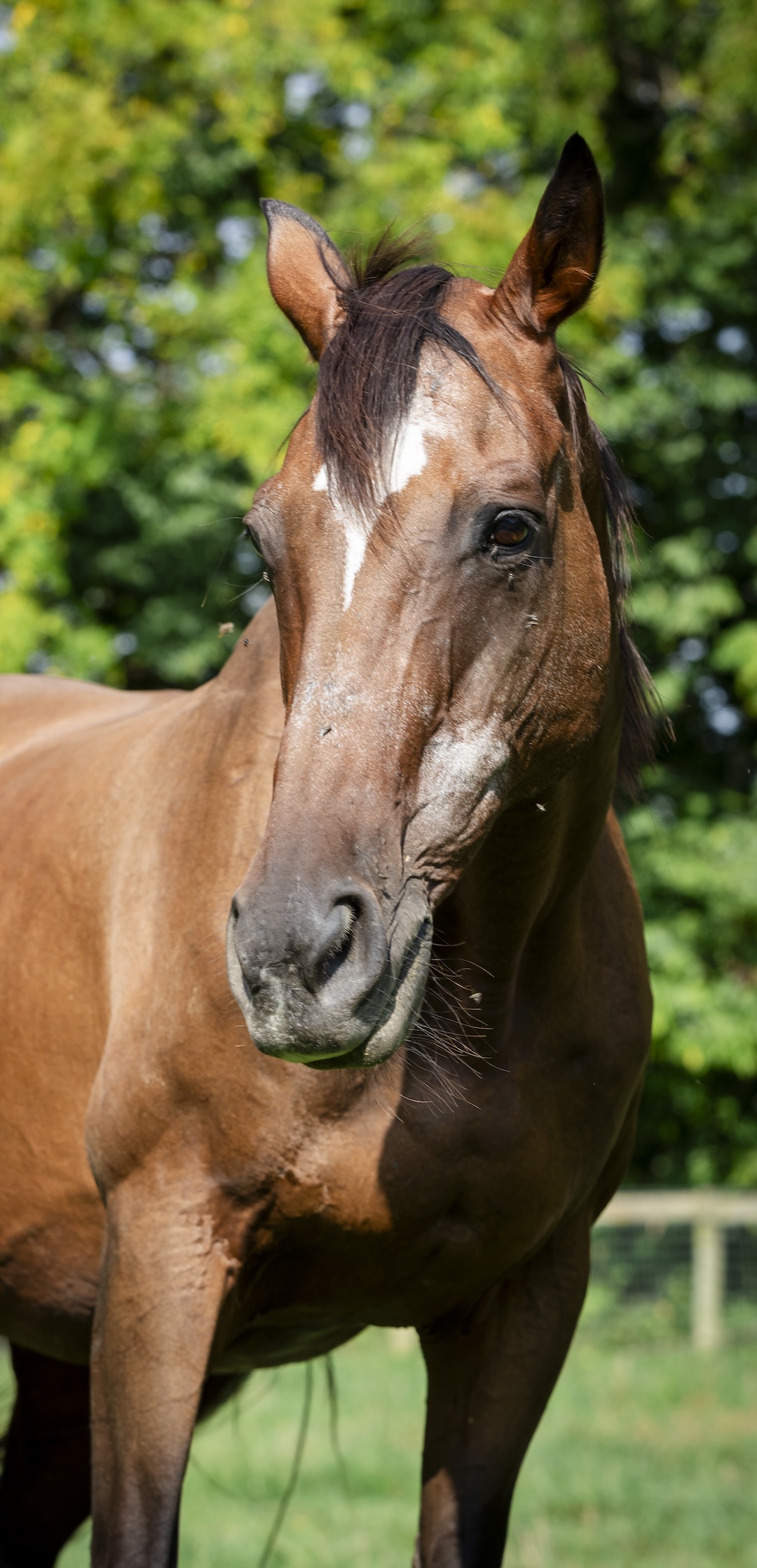
Cash (racing name: Cashes Dynamite) is the matriarch of the herd. Small but mighty, she mothers the group and keeps all the horses safe with her attentiveness. In her old age she is very set in her ways and easy to communicate with in regard to if she wants attention or not. Cash is a wonderful horse to be around.